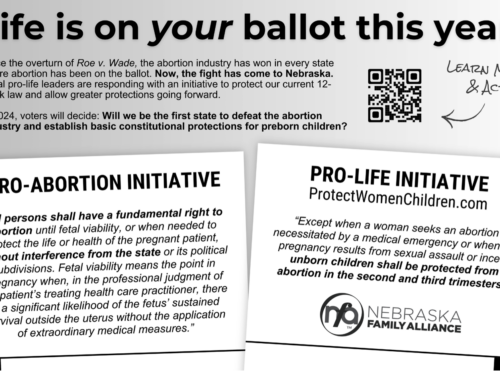SOURCE
A new Texas law that effectively bans abortion after 6 weeks has also been dubbed the “heartbeat bill.”
At 6 weeks, an embryo does not have a fully formed heart. Rather, it has a cluster of cells (that eventually forms into a heart) that emits electrical signals, which can be detected on an ultrasound.
The heartbeat “sound” on an ultrasound is actually generated by the ultrasound machine itself during this time period.
Texas recently passed Senate Bill 8, a law that prohibits abortion at 6 weeks of pregnancy.
Also dubbed the “the heartbeat bill,” the law — which went into effect Sept. 1 — bans abortion at the first detection of a fetal heartbeat, which occurs around 6 weeks of pregnancy.
But reproductive health specialists say that at 6 weeks, an embryo doesn’t have a fully formed heart, but rather a cluster of cells that emits electrical signals.
Those cells will eventually form into a heart around 8 weeks after the last menstrual cycle.
It isn’t until 16 to 18 weeks of gestation that the heart, valves, and vessels can be seen on an ultrasound.
According to Dr. Jennifer Kerns, an associate professor in the department of obstetrics, gynecology, and reproductive sciences at the University of California, San Francisco, the term “fetal heartbeat” doesn’t accurately represent what is detected at 6 weeks of pregnancy.
“The term ‘heartbeat’ is very misleading for a 6-week embryo. What is labeled a ‘heartbeat’ is actually the electrical activity that can be seen on ultrasound,” Kerns told Healthline.






Leave A Comment